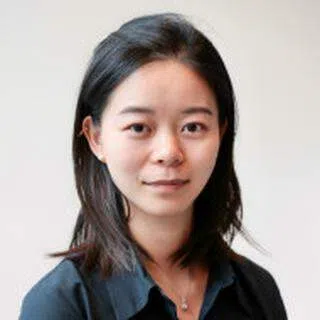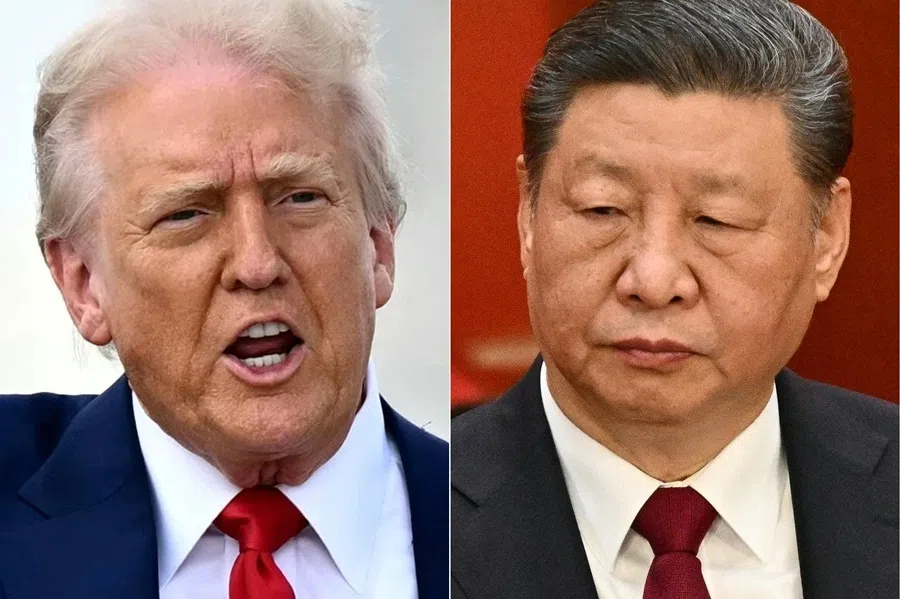AI chipmakers thrive as fortunes diverge in China’s semiconductor sector
Wafer fabrication, security, analog semiconductor and power chip companies have found that they are struggling to keep up with their AI chipmaking counterparts as they grapple with an economic landscape altered by the ongoing trade war and geopolitical tensions. Lianhe Zaobao journalist Liu Sha discusses the reasons behind the profit gap in China’s semiconductor sector.

While China’s semiconductor industry experienced a moderate recovery last year, over 40% of companies still saw a decline in net profits. More than half of them experienced decreased net profit margins, indicating a significant divergence in profitability within the sector.
According to financial data provider Wind, the overall revenue of 181 listed semiconductor companies increased by 18.5% year-on-year in 2024. However, 81 companies reported a year-on-year decline in net profit, with 98 companies seeing a decrease in net profit margin.
China’s two leading foundry giants, Semiconductor Manufacturing International Corporation (SMIC) and Hua Hong Semiconductor, are trapped in the predicament of rising revenues but declining profits.
Profit gap widens in China’s semiconductor industry
Analyses revealed that the semiconductor companies with the fastest decline in profitability were primarily large wafer fabrication plants, semiconductor material companies with a relatively low degree of domestication, as well as security, analog semiconductor and power chip companies.
China’s two leading foundry giants, Semiconductor Manufacturing International Corporation (SMIC) and Hua Hong Semiconductor, are trapped in the predicament of rising revenues but declining profits. They are among the five listed semiconductor companies with the largest year-on-year decline in net profit last year. In 2024, SMIC recorded a net profit of 3.699 billion RMB (US$513.4 million), a year-on-year decrease of 23.3%. Meanwhile, Hua Hong’s net profit plummeted by around 80%.
On the other hand, among the top 20 companies with the fastest net profit growth last year, 13 were chip design companies focusing on computing power, storage, and sensor research and development (R&D), which are mainly applied in artificial intelligence (AI) training and applications, as well as intelligent driving systems.
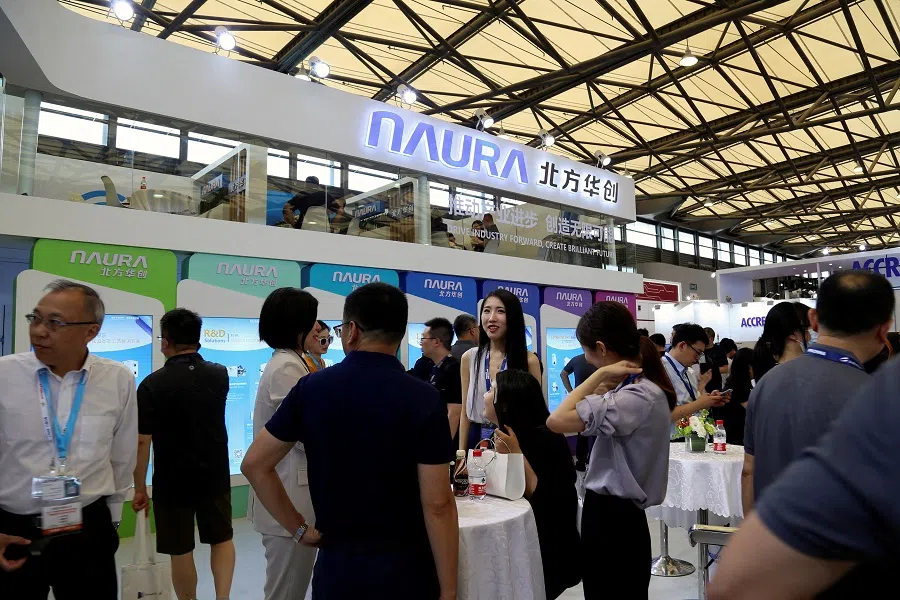
Among them, leading image sensor maker Will Semiconductor saw its net profit increase nearly fivefold year-on-year, reaching 3.323 billion RMB. Leading semiconductor equipment manufacturer Naura Technology, and integrated circuit packaging and testing companies Tongfu Microelectronics and Changchuan Technology, were also among the companies seeing rapid profit growth.
AI chip companies, which have relatively higher design thresholds, are able to capture market premiums through high performance computing products. — Guo Tao, an angel investor and AI expert
Divergence in profitability due to uneven demand
Angel investor and AI expert Guo Tao told Lianhe Zaobao that the significant divergence in profitability within the semiconductor industry is largely due to an imbalance in demand structure.
Guo noted that AI chip companies, which have relatively higher design thresholds, are able to capture market premiums through high performance computing products. At the same time, thanks to mobile phone camera upgrades and increased penetration of advanced driver assistance systems, image sensors have also experienced growth.
In contrast, security and analog chips used in surveillance cameras and consumer electronics are experiencing sluggish demand due to macroeconomic fluctuations and a downturn in the property market.
As for the pressure on wafer foundry profitability, Guo attributed it to a mismatch in the capacity cycle. He explained that in previous years, Chinese wafer fabrication companies expanded their capacity, and the increase in equipment led to higher depreciation costs. This, coupled with intense competition in mature process nodes above 28 nanometres (nm), put pressure on prices.
SMIC’s wafer sales reached 8.02 million units in 2024, a 36.7% increase, but the average selling price fell by 4.7%, and gross profit margin decreased from 21.9% to 18.6%.
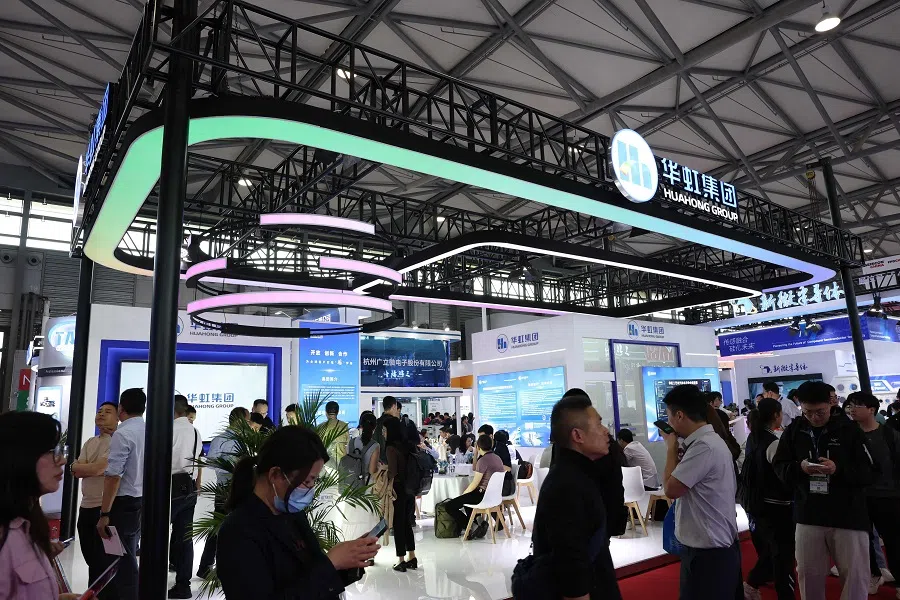
Discussing the 2025 outlook at the Q4 2024 earnings conference call, SMIC’s Co-CEO Zhao Haijun said that homogenous competition means that even with a market recovery, structural overcapacity still faces fierce competition. He expects that in addition to the continued rapid growth of AI, demand in other application areas will remain the same or experience moderate growth this year.
Limited progress for domestic substitution and self-sufficiency
Another driver of accelerated profit growth for some semiconductor companies is the Chinese government’s promotion and support of domestic substitution.
Following intensifying China-US tech competition, the US has continuously tightened export restrictions on semiconductor products such as advanced process chips and cutting-edge lithography equipment for manufacturing since 2018. On the other hand, China has increased subsidies and support for the semiconductor industry, and even established a multi-billion-RMB investment fund, striving to build a self-sufficient and controllable supply chain.
... US export restrictions have forced Chinese companies to use domestically produced equipment, accelerating the trial-and-error and verification process for semiconductor equipment. — Jurgen Yeh Kuo-kuang, Chief Scientist, Advanced Materials Technology & Engineering Inc (AMTE)
A research report by Goldstate Securities (金元证券) pointed out that domestic substitution is the core driver of growth in the semiconductor industry, and both Naura Technology and Advanced Micro-Fabrication Equipment (AMEC), which have received large orders, have benefited from this trend. Jurgen Yeh Kuo-kuang, chief scientist at Wuxi-based Advanced Materials Technology & Engineering Inc (AMTE), also noted in an interview that to some extent, US export restrictions have forced Chinese companies to use domestically produced equipment, accelerating the trial-and-error and verification process for semiconductor equipment.
But the research report also pointed out that many core components of semiconductor equipment, such as radio frequency power supplies and vacuum pumps, still rely heavily on imports. Electronic design automation tools for chip design, and semiconductor materials required in the manufacturing process are also still dominated by foreign manufacturers. This means that Chinese manufacturers still lack the capability to independently produce advanced process chips. Industry observers have revealed that SMIC’s current yield rate for 7 nm chips is only around 20%.
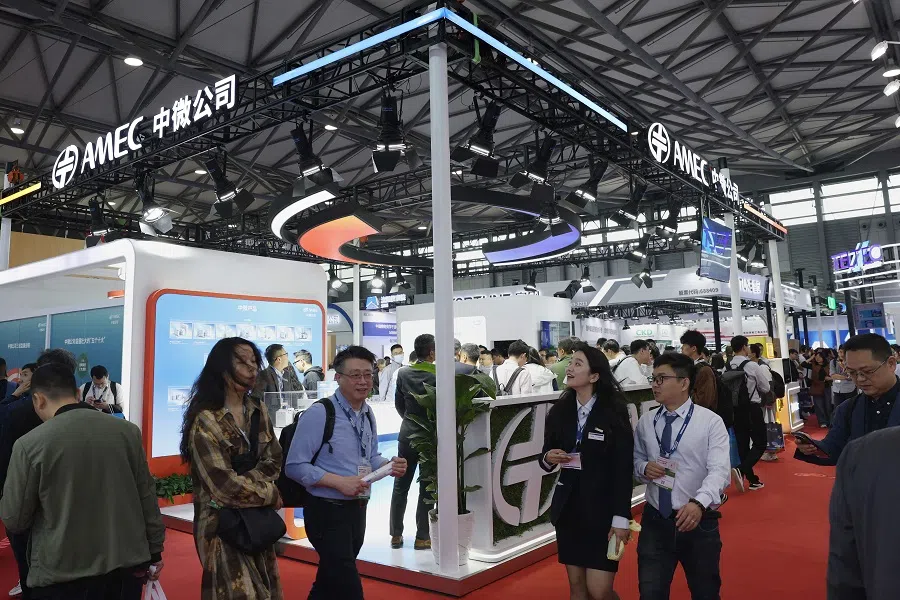
Data from US research firm Omdia shows that the global sales share of non-foundry semiconductor manufacturers in China decreased by 0.2 percentage points year-on-year to 3.9% last year. Nikkei reported that the main reason is that Chinese companies are unable to manufacture the advanced process chips required for AI development.
High R&D costs another reason for decreased profits
Technology and internet industry analyst Ding Shaojiang pointed out in an interview that massive R&D investments were the reason why many semiconductor companies saw increased revenue but decreased profits last year. Caijing (《财经》) reported that over 80% of semiconductor companies increased their R&D expenditure by nearly 20% year-on-year in 2024.
Semiconductor equipment company AMEC successfully entered TSMC’s 7 nm process with its dielectric etching machines, becoming the only etching equipment manufacturer from mainland China to do so. While this drove revenue growth, net profit declined, mainly due to a whopping 94.31% year-on-year increase in R&D investment, as well as rising employee salaries.
Similarly, AI chip designer Cambricon Technologies returned to profitability in the first quarter of this year, but still reported a loss of 452 million RMB for the whole of last year. Data shows that Cambricon’s R&D investment last year reached 1.072 billion RMB, accounting for a staggering 91.3% of its revenue.
... the overall profitability of China’s semiconductor industry remains unsatisfactory, sparking public debate about whether ramping up production capacity, subsidies and investment might lead to overcapacity, increased homogenisation and damage to shareholders’ interests.
Technological breakthroughs prioritised, not short-term profit
The South China Morning Post previously reported that in 2023, the Chinese government subsidised 25 leading semiconductor companies, including SMIC, Naura Technology and BYD, with a total of 20.53 billion RMB, marking a 35% year-on-year increase.
Yet despite the continued increase in substantial subsidies, the overall profitability of China’s semiconductor industry remains unsatisfactory, sparking public debate about whether ramping up production capacity, subsidies and investment might lead to overcapacity, increased homogenisation and damage to shareholders’ interests.
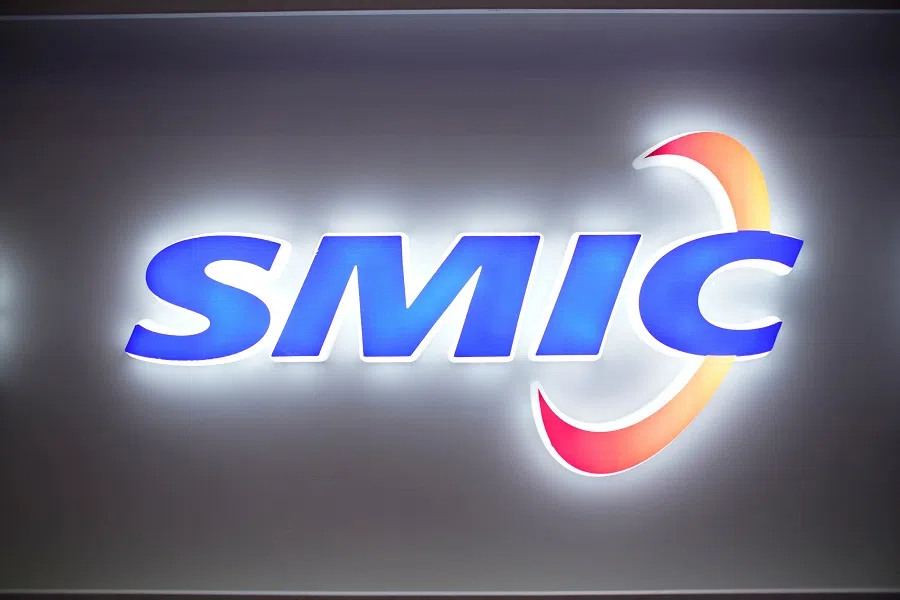
Experts interviewed believe that the primary goal for China’s semiconductor industry is not short-term profitability, but rather independent technological breakthroughs through national-level projects.
AMTE’s Yeh pointed out that leading enterprises such as SMIC bear the responsibility of advancing equipment domestication. In this process, companies would extensively test domestically produced equipment, comparing it horizontally with imported equipment. Once the performance meets the requirements, they would gradually transition it into their main production lines. “This is a technology validation task,” he explained.
“Top performers who receive government subsidies can charge forward regardless of costs and losses. Profitability is not the focus; breakthroughs are.” — Yeh
He thinks that a characteristic of China’s technology industry development is significant initial investment followed by a gradual focusing during the trial-and-error process — funds are ultimately directed towards leaders in niche sectors that have the potential for breakthroughs. “Top performers who receive government subsidies can charge forward regardless of costs and losses. Profitability is not the focus; breakthroughs are,” he noted.
Rocky Uriankhai, CEO of Taiwan-based think tank SciTech Power Research, said in an interview that while several segments of mainland China’s semiconductor industrial chain are not yet perfect, they are already comprehensive enough; reaching the goal of domestication is just a matter of time. Although profit divergence may lead to some resource waste or the elimination of certain companies, this is a bearable and unavoidable cost for Beijing amid China-US tech competition.
Meanwhile, Ding assessed that China’s semiconductor market is still in the early-to-mid stage of rapid growth. “Despite some breakthroughs in technological innovation, it still faces challenges from critical technology blockades and global competition. A shake-out in the industry is inevitable,” he said.
This article was first published in Lianhe Zaobao as “中国半导体上市公司盈利分化 分析:大浪淘沙不可避免”.
